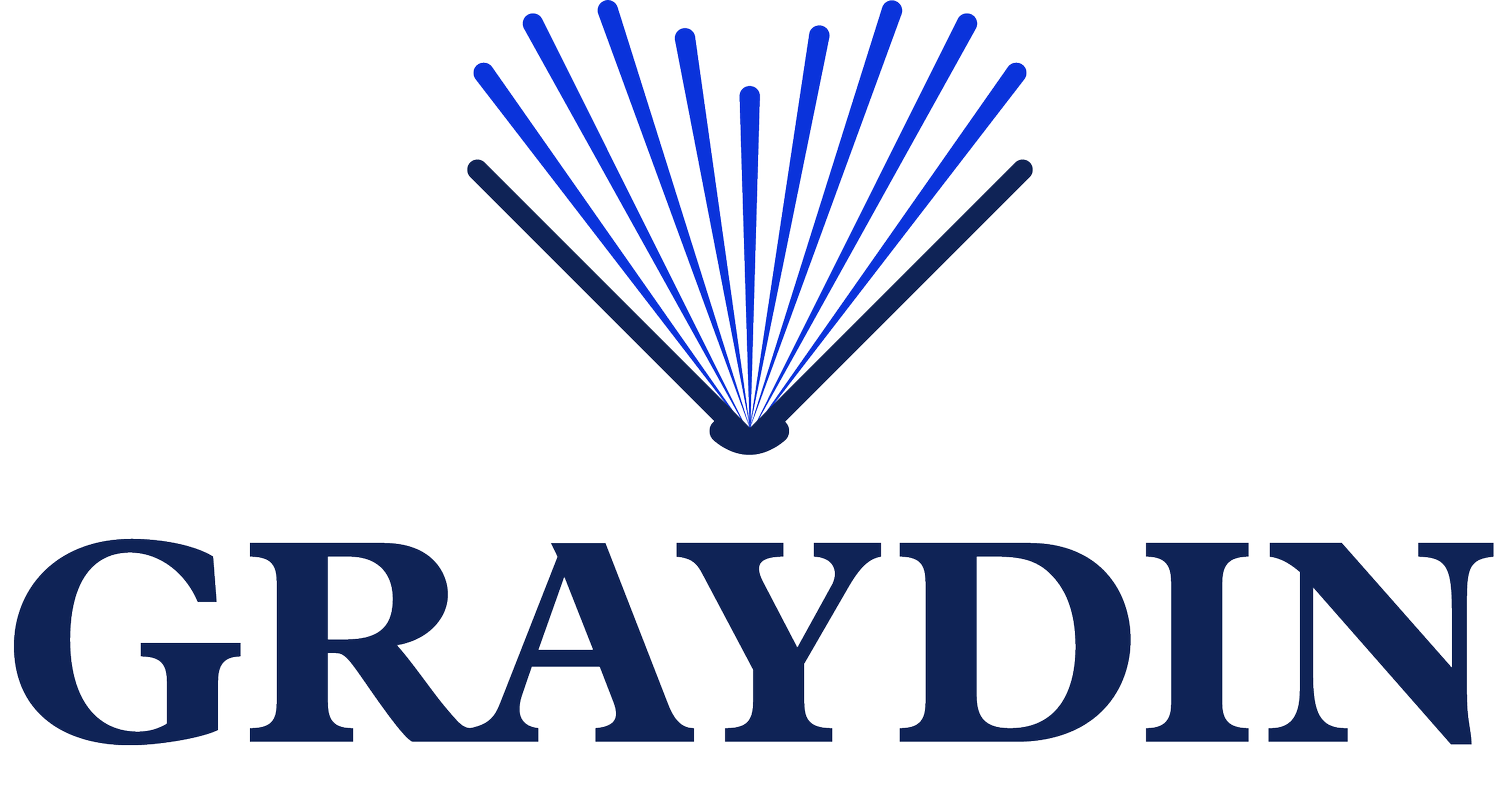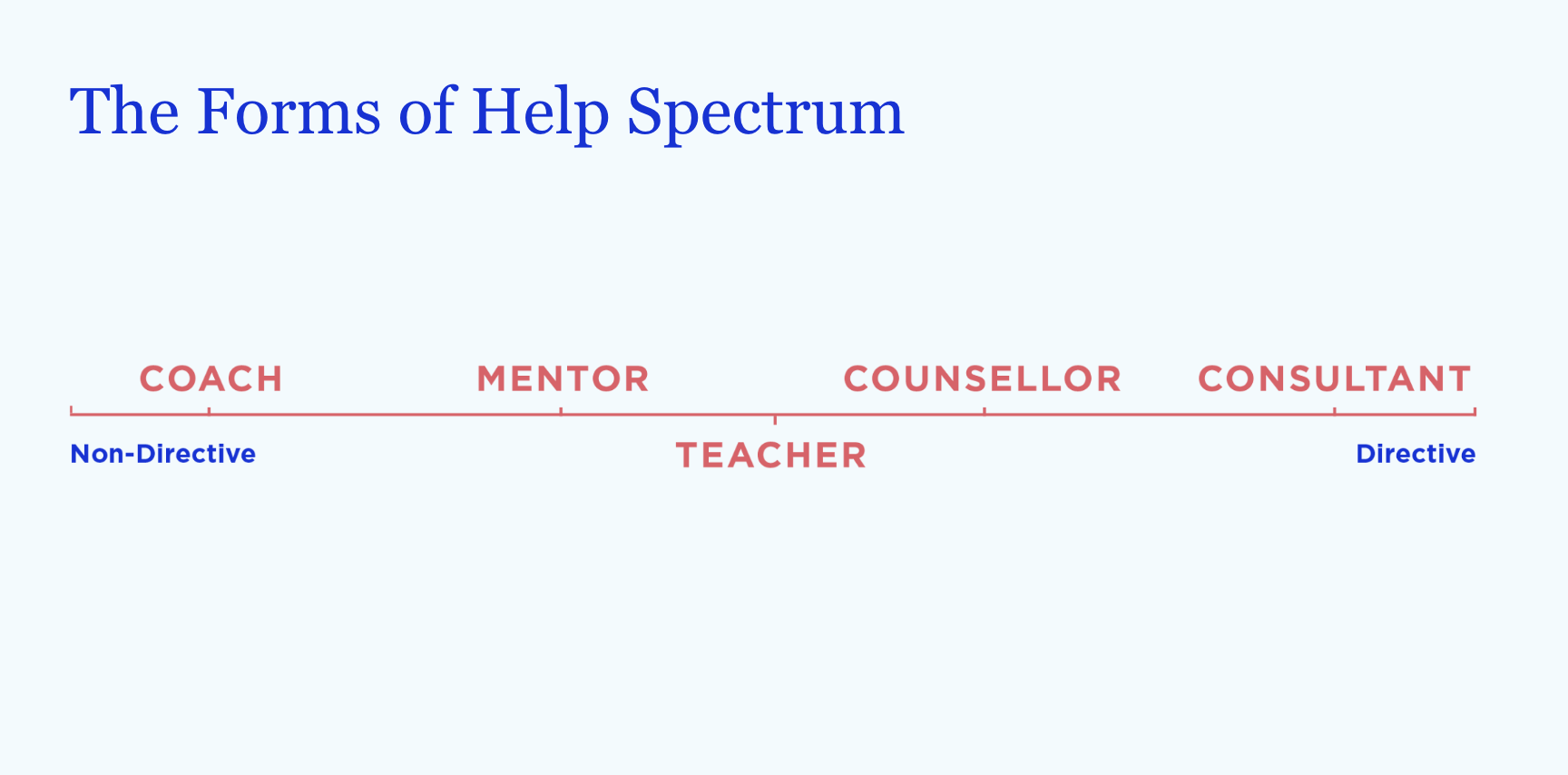How We Can Use Coaching to Help Others
When was the last time someone asked for your help? Last week? Yesterday? An hour ago? Asking for help is common, but what’s less common? Providing exceptional help to those who ask.
Of course, we want to help the student crying in the hallway, a friend through relationship difficulties, or our significant other with work issues. We want to help – full stop.
The challenge is not whether we help, but how.
Over the last seven years of teaching coaching to educators, we’ve learned that choosing how best to help another does not always come easy. With too little time and so much to do, help can often look like a one-size-fits-all approach consisting of advising and telling.
And yet, it’s important to consider that the wrong kind of help can be as ineffective as none at all.
At Graydin, our dream is for people to actively choose how they help others (and themselves) in a mindful, positive and high-impact manner. We do this by first raising people’s awareness and then training them in The Forms of Help Spectrum.
The Forms of Help Spectrum is a foundational coaching concept delivered during our introductory coaching course, The Anatomy: Foundational Coaching Course. It challenges popular ideas of helping by looking at the concept along a spectrum from Non-Directive to Directive.
As you can see, the forms of help are Coach, Mentor, Teacher, Counsellor and Consultant.
The most directive form of help is the Consultant, who is generally hired to fix a problem. They often gather information and then advise those who have asked for their leadership.
Then there’s the Counsellor who provides less directive help backed by knowledge and expertise about human psychology. Their approach is generally to look closely at the past and, whilst they may be non-directive at times, the uneven balance of the expert/novice relationship lends itself to be more directive than other forms of help.
This takes us to the Teacher, which is a form of help difficult to depict because it highly depends on the individual. We place Teacher in the middle of the spectrum simply because at any given time, the teacher may play more than one role. They must use multiple forms of help in order to draw out the best results from their students, both inside and outside the classroom. That said, teachers in a classroom setting have desired learning objectives. They have a clear destination that they must work towards.
Whilst the Mentor role has a similar ‘it depends’ factor, there are some clear differences to the other forms of help. A Mentor has had personal or professional experiences that they are ready and willing to share with their mentee. They can use that experience to give advice, tell a story or share an insight. This is non-directive in nature because the Mentor generally has little personal stake in the mentee’s outcome. Their role is to share, motivate and inspire. The ultimate change in the mentee is beyond the scope of their responsibility.
The most non-directive and equal relationship belongs to the Coach and coachee – unless we have a strategic and directive sports coach. Most sports coaches function like the offspring of a Consultant and a Mentor.
By contrast, the coaching we offer at Graydin is more human-centered and the process is question-based. The role of the Coach is to both draw the coachee out and lead them inwards for the purpose of spurring action. Help from a Coach takes the form of a partnership and, therefore, no subject expertise is involved, though coaching skill does require development.
A skilled Coach is a catalyst for reflection, learning and growth. Their role is to help a coachee develop self-awareness, curiosity, connection to their purpose, a path toward fulfillment, effectiveness in navigating that path, and accountability to themselves and others. Coaches create opportunities for others to learn the concepts and skills that improve communication, confidence and success in reaching goals. These outcomes are achieved through non-directive conversations and guided practice.
As you can see, we have much more choice in helping others than we may realise. Yet, there’s more to consider when learning how to choose our approach wisely. We cover this in Part Two when we introduce The Connection Hierarchy.
Remember, being coach-like and taking a coaching approach requires that you choose in each moment how you intend to communicate. With this intentional approach, you are much more likely to successfully partner with your coachee through the reflection, learning and growth required for them to achieve their goals.

